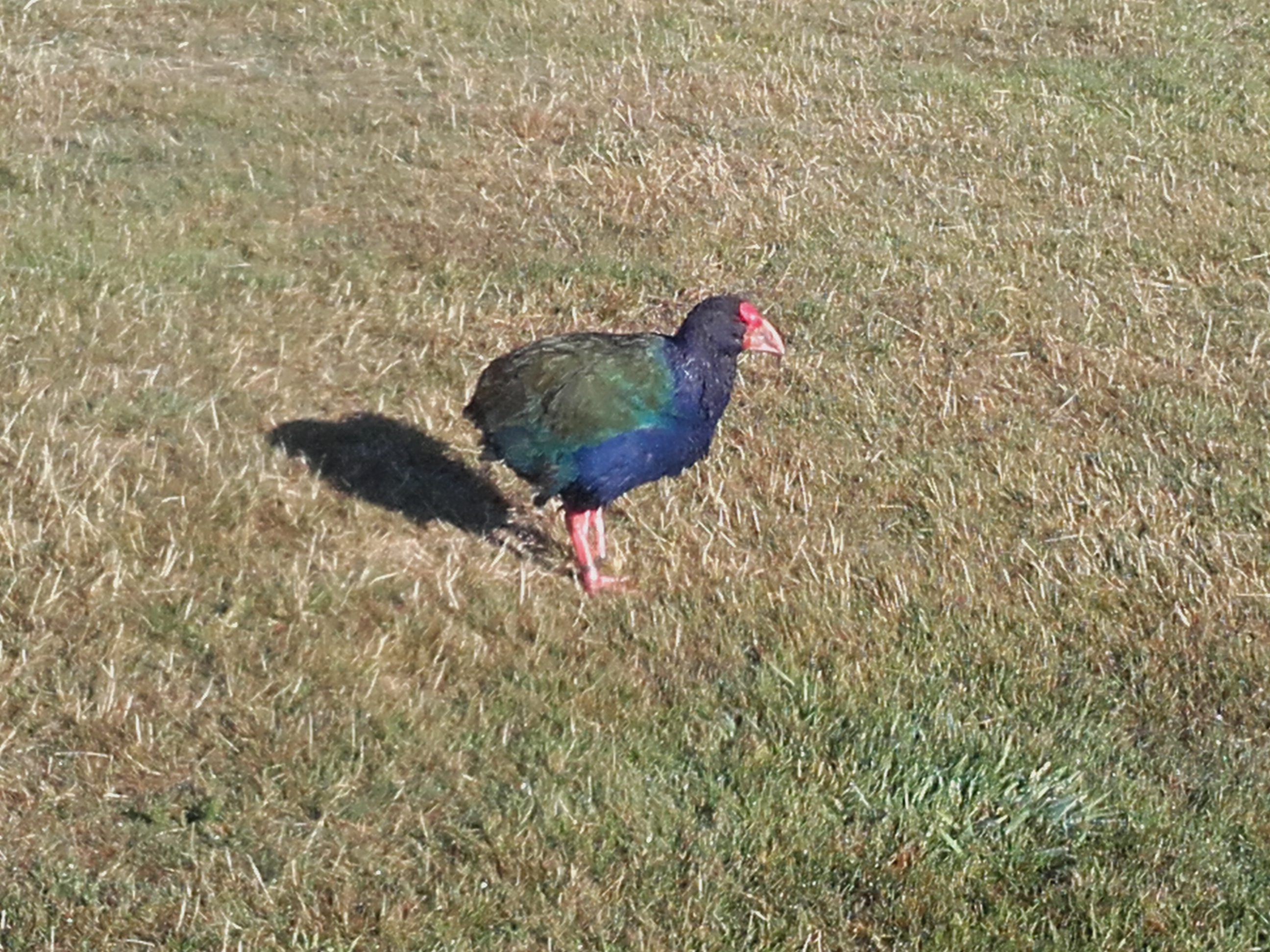
Oh the things our youth see
Working with Kelly the students and I helped clear an existing path across the East side of the valley, one not open to the public but rather used for bait stations and traps. These along with indicator tunnels where a small ink pad is left exposed for wee mammals to leave footbrints and thus evidence of their presence are used by the Orokonui staff to eradicate pests from within the several kilometer long pest proof fence. The system though not perfect helps Orokonui to provide a vastly safer environment for New Zealand's native birds to flourish as well as other indigenous species. Farmhand is privileged to contribute to this.The track was rough, not for the feet of tourists no no, this track has been hewn by the well booted feet of those there for work. With traps and bait stations and tunnels placed along its 800m length we were careful not to touch the traps while removing ferns and other undergrowth as well as larger vegetation cut previously by people with chainsaws to keep the track open and usable. 800 meters might not sound like much but when you are working and carrying all your water and food it is no small feat. Tired bodies climbed on the ute at the top of the track for the ride back to the main building.The highlight, other than the hard work and backbone shown by my students of course, was seeing several Takahe wander over to say hi before work began. The cheeky big flightless birds, among the most rare bird species in the world with only a few hundred left, wandered over probably just to check if we were handing out food and when disappointed loped away in search of breakfast.
This is an experience few can claim and one of the many reasons why volunteering at the likes of Orokonui is so very rewarding.
- Jethro Schreuder, Farmhand Manager


